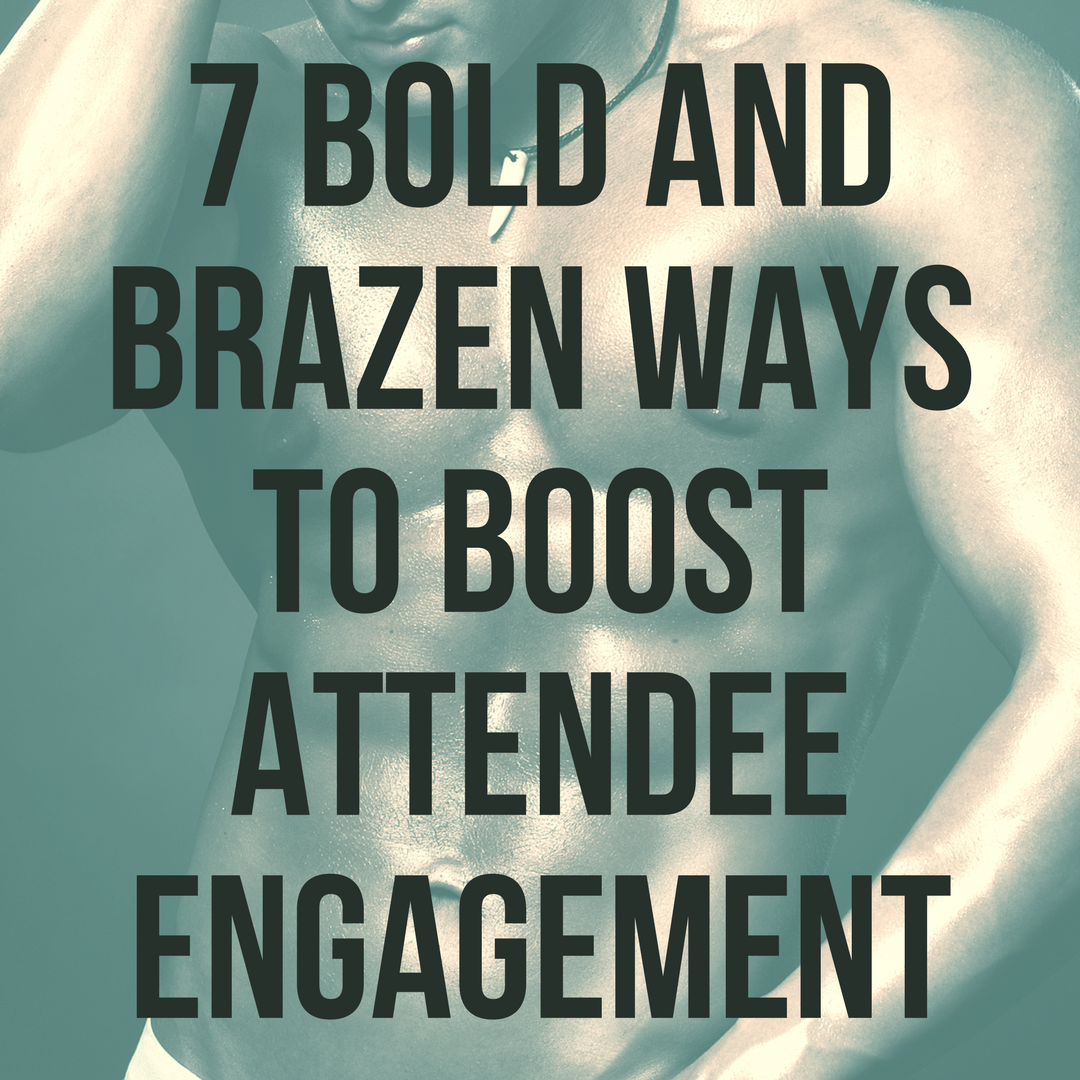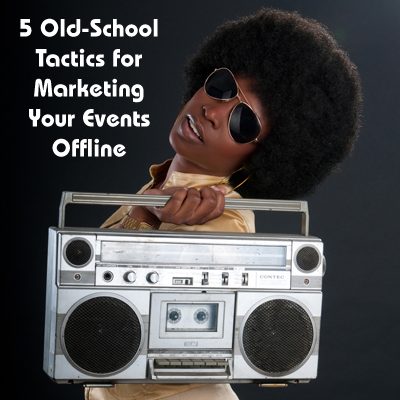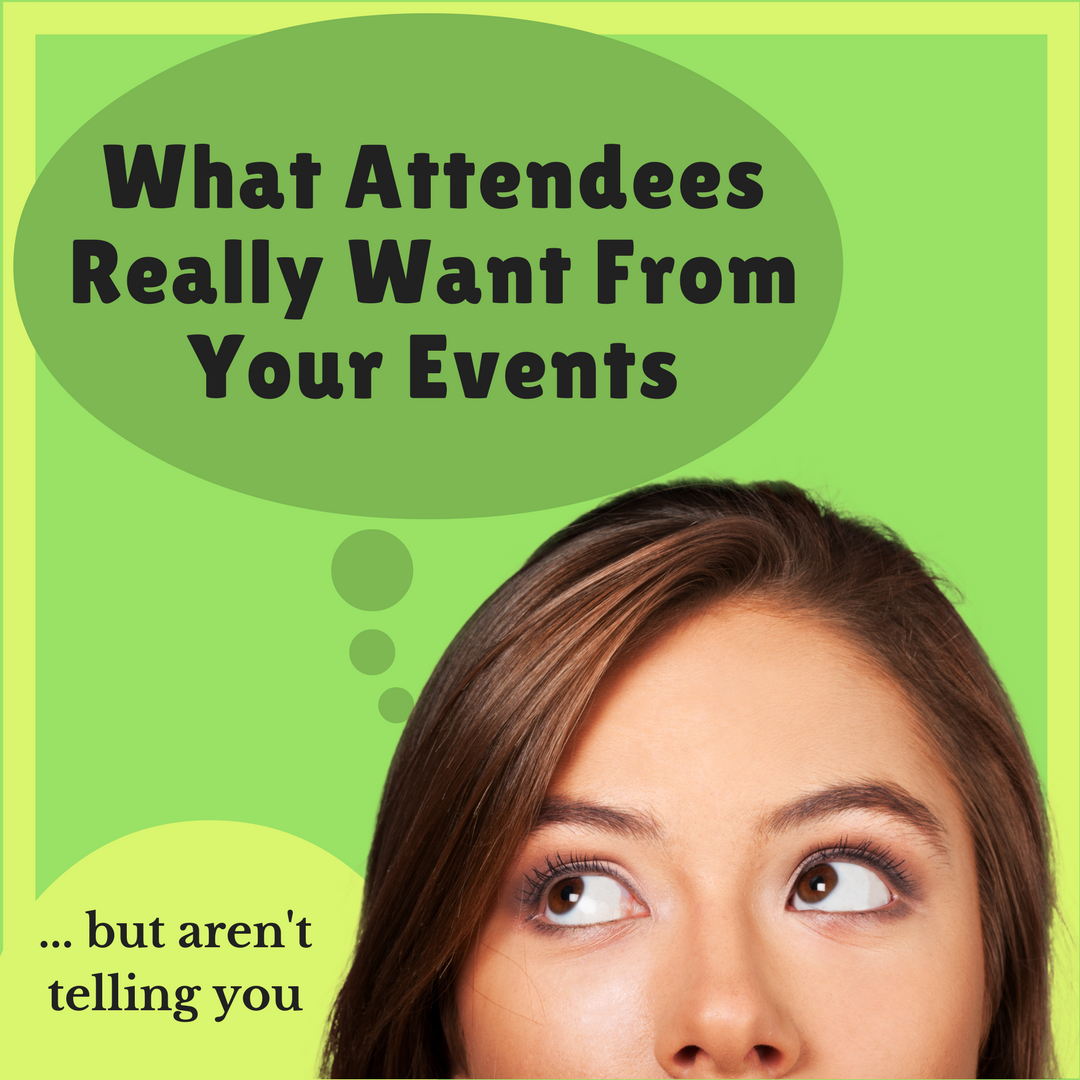1. Keep Everyone in the Same Environment
"Often event engagement is tainted by the layout of the event." says Norman Aamodt, founder and CEO of Event Strategy Group . "Breakout groups are in one space, food and beverages are in another, keynote presentations are on a different floor - you get the drift." Instead of creating a disjointed environment of separate spaces - which silos your attendees and hence your event - consider designing a floor plan where you have one large event space divided up into concentric areas using wall panel systems. For one of their clients, Event Strategy Group designed a layout that split one large space into four separate layers, starting from the perimeter and moving inward. "This design made the flow of the event intuitive and easy to navigate, while creating a number of open areas that encouraged interaction." says Aamodt. "Using a wall panel system, the perimeter encompassed 10 breakout rooms. Moving inwards, the third area contained food and beverage stations, the second-to-center layer contained a Product Showcase and finally, the center of the space held a Feature Display." Aamodt said that interaction at the event was "at an all-time high," and it's easy to understand why ... because everyone was in the same proximity and there was a logical, intuitive flow for attendees.2. Set the Tone With Assigned Seating
"There is a reason why brides go nuts about seating charts," says Cristin Massey, a PR and events pro with Cover Story Communications . "They know that it can make or break the celebration." She has employed assigned seating for other events like meetings and professional networking events and has seen engagement skyrocket simply because she is forcing people out of their comfort zone and to interact with new people. At these business-oriented events, "people are more often than not just wanting to get through the presentation, check emails and get back to the office," says Massey. So by assigning attendees to seats and/or tables where they don't know anyone and providing them with icebreaker activities, you have created an environment that encourages engagement from the outset, which sets the tone for engagement throughout the rest of the event. Yes, this may be old-school, but it still works because it acclimates your attendees to interact with each other from the outset.3. Entertain First, Then Educate
Assigned seating is one way to prime the pump regarding event attendee engagement, and providing guests with some form of entertainment first also sets the stage for increased participation and creates a lighter, more collegial mood. "On stage, engage your guests right away with live entertainment rather than video screens or slideshows," says Kostya Kimlat of Event Magic International . "The human connection makes people pay attention, especially if they are asked to interact and answer questions." In addition, Kimlat also says that entertaining first can build anticipation and raise expectations about what's coming up at the event. "When our company hires an entertainer on the main stage at a conference, we always have strolling entertainers interact with the crowd beforehand." he says. "It's especially perfect for a cocktail hour. [They] entertain the crowd, but more importantly, tease them about the big show to come."The first step in improving attendee engagement is getting organized and laying the foundation for a great event. And Planning Pod gives you more than 2 dozen online event management and venue management tools to make that happen ... try them today for FREE.








